



The most famous exhibit at the Albert Hall Museum is undoubtedly the Egyptian mummy, which attracts thousands of curious visitors each year. This authentic mummy, dating back over 2,300 years, was acquired from Cairo in the early 20th century and remains one of the very few Egyptian mummies displayed in India. The mummy belongs to a female named Tutu and is preserved in a climate-controlled display case, offering visitors a rare glimpse into ancient Egyptian burial practices.

The Albert Hall Museum houses an exceptional collection of Rajasthani and Mughal miniature paintings that showcase the evolution of Indian art over the centuries. These delicate artworks feature intricate details, vibrant colours, and themes ranging from courtly life to mythological stories. The miniature painting gallery is particularly valuable for art historians and enthusiasts interested in traditional Indian artistic techniques.
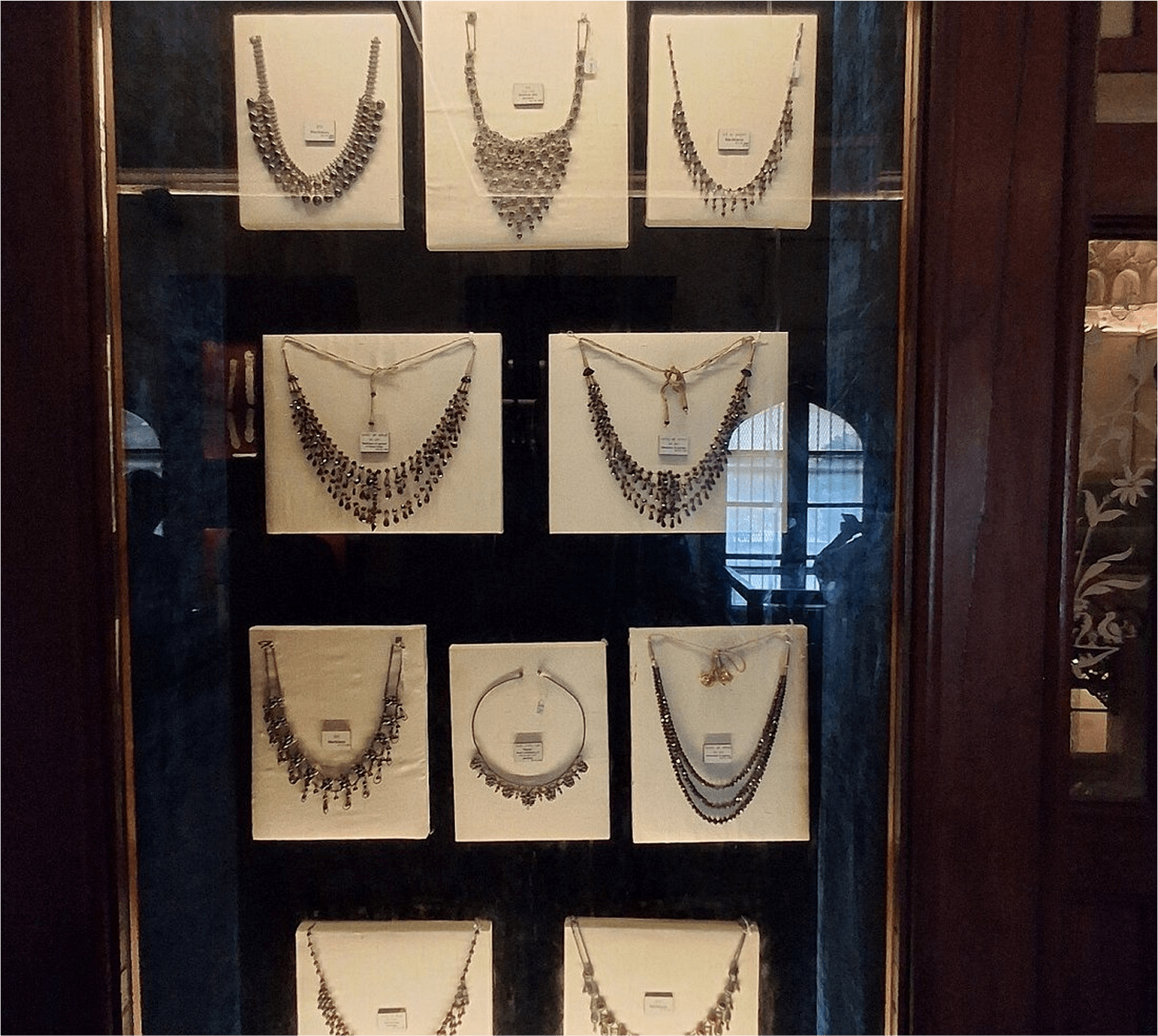
The textile and jewellery section displays exquisite examples of Rajasthani craftsmanship, including traditional ornaments, embroidered garments, and decorative textiles. Visitors can admire antique jewellery pieces adorned with precious stones, silverwork, and the famous meenakari (enamel) technique for which Jaipur is renowned. The textile collection includes royal costumes, traditional turbans, and intricately woven fabrics that reflect the region's rich sartorial heritage.
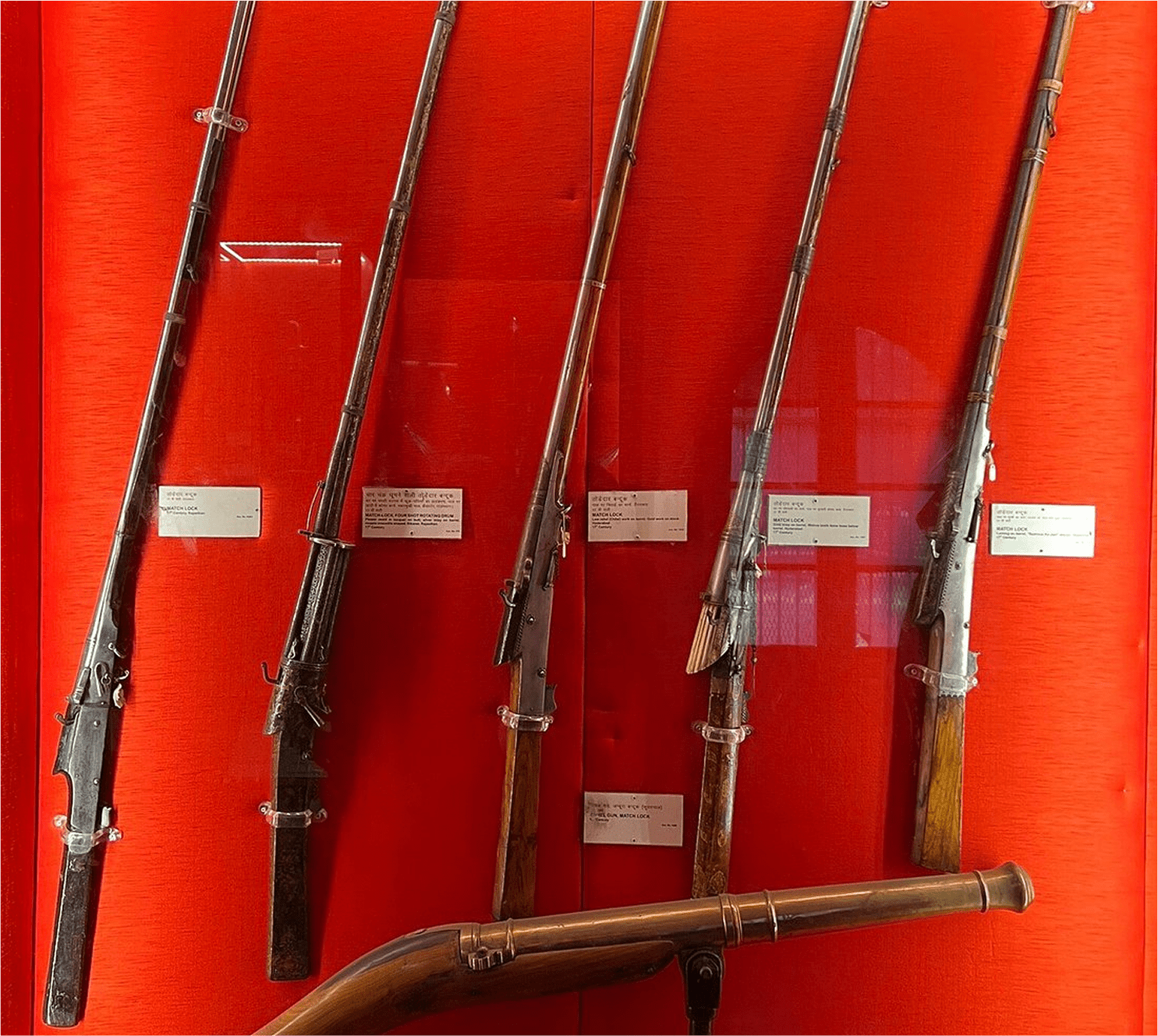
The arms gallery showcases an impressive collection of medieval weapons, including swords, daggers, shields, and armour used by Rajput warriors. Each piece tells a story of valour and craftsmanship, with elaborately decorated hilts and scabbards that transform functional weapons into works of art. The collection provides insights into the martial traditions and warfare techniques of historical Rajasthan.
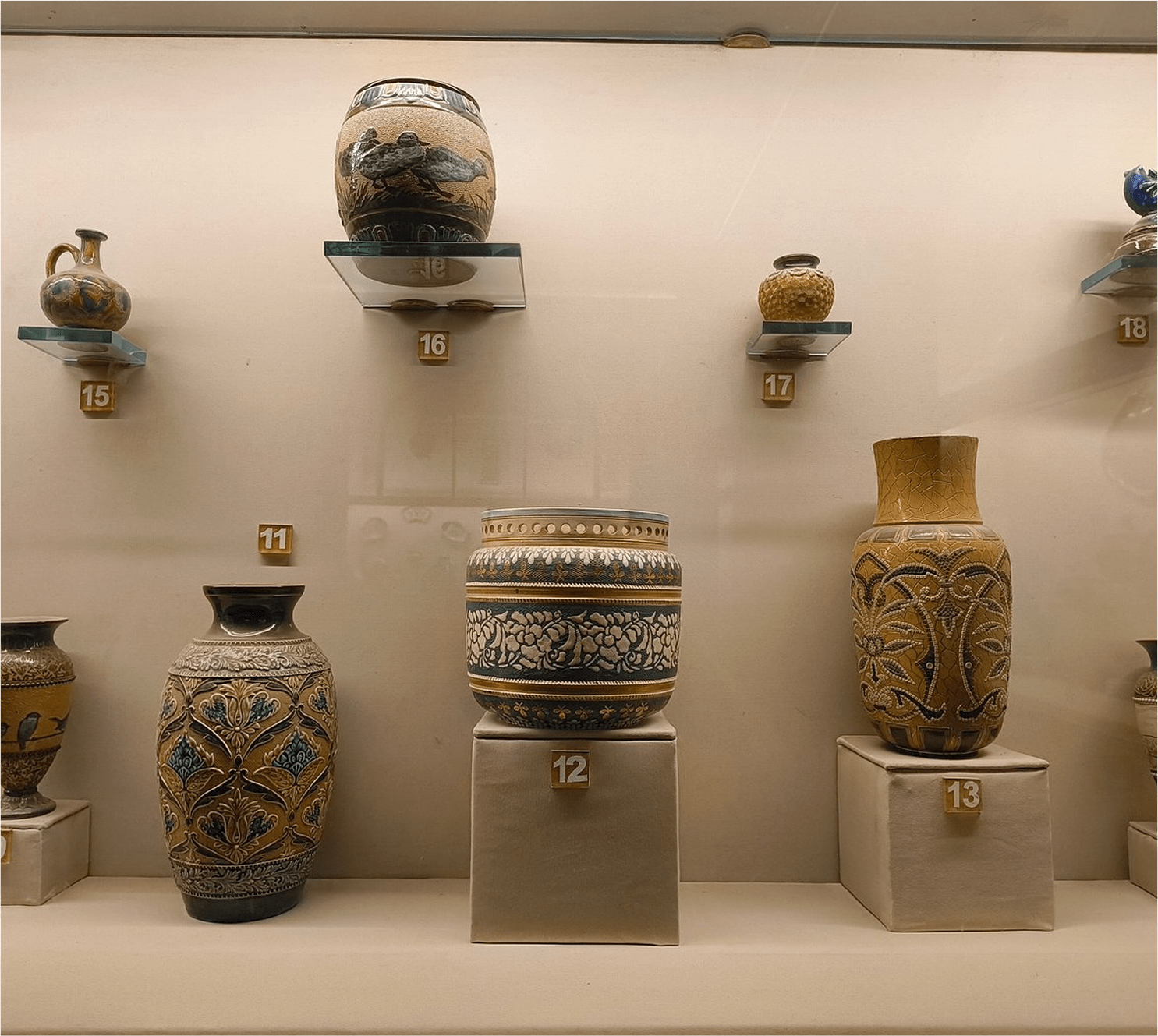
The pottery section showcases terracotta sculptures, clay artefacts, and ceramic pieces from various regions of India. This collection demonstrates the diversity of pottery traditions and the evolution of ceramic art forms across different Indian cultures. Traditional Rajasthani pottery, with its distinctive shapes and designs, occupies a prominent place in this gallery.
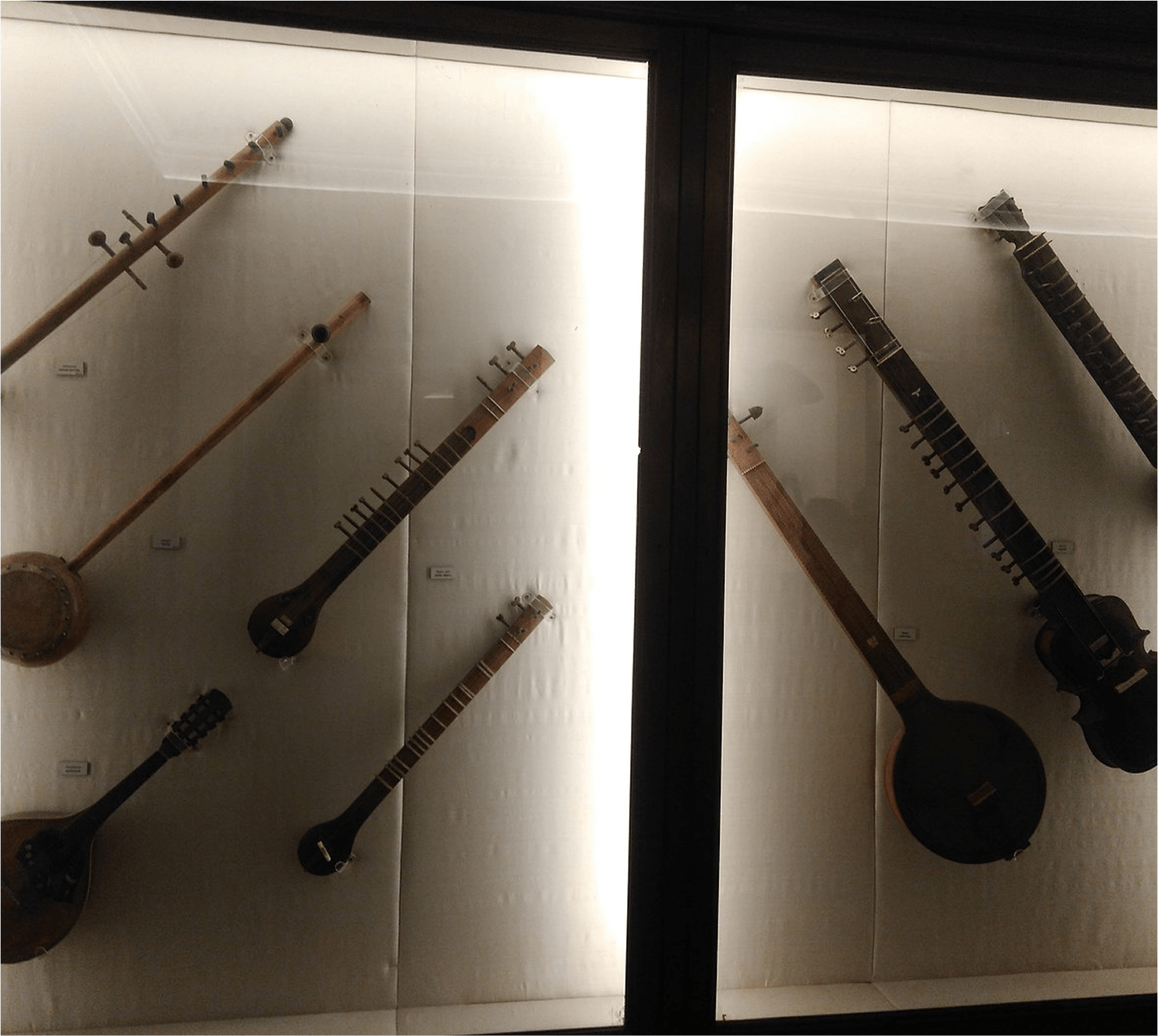
Music enthusiasts will appreciate the diverse collection of traditional Indian musical instruments, including sitars, tablas, santoors, and various folk instruments from Rajasthan. The display educates visitors about India's rich musical heritage and the intricate craftsmanship involved in creating these melodious instruments.


Surrounding the Albert Hall Museum, Ram Niwas Garden is a sprawling public park built by Maharaja Sawai Ram Singh in 1868. This lush green space offers a refreshing escape from the city's bustle, featuring well-maintained pathways, fountains, and shaded areas that are perfect for relaxation after exploring the museum.
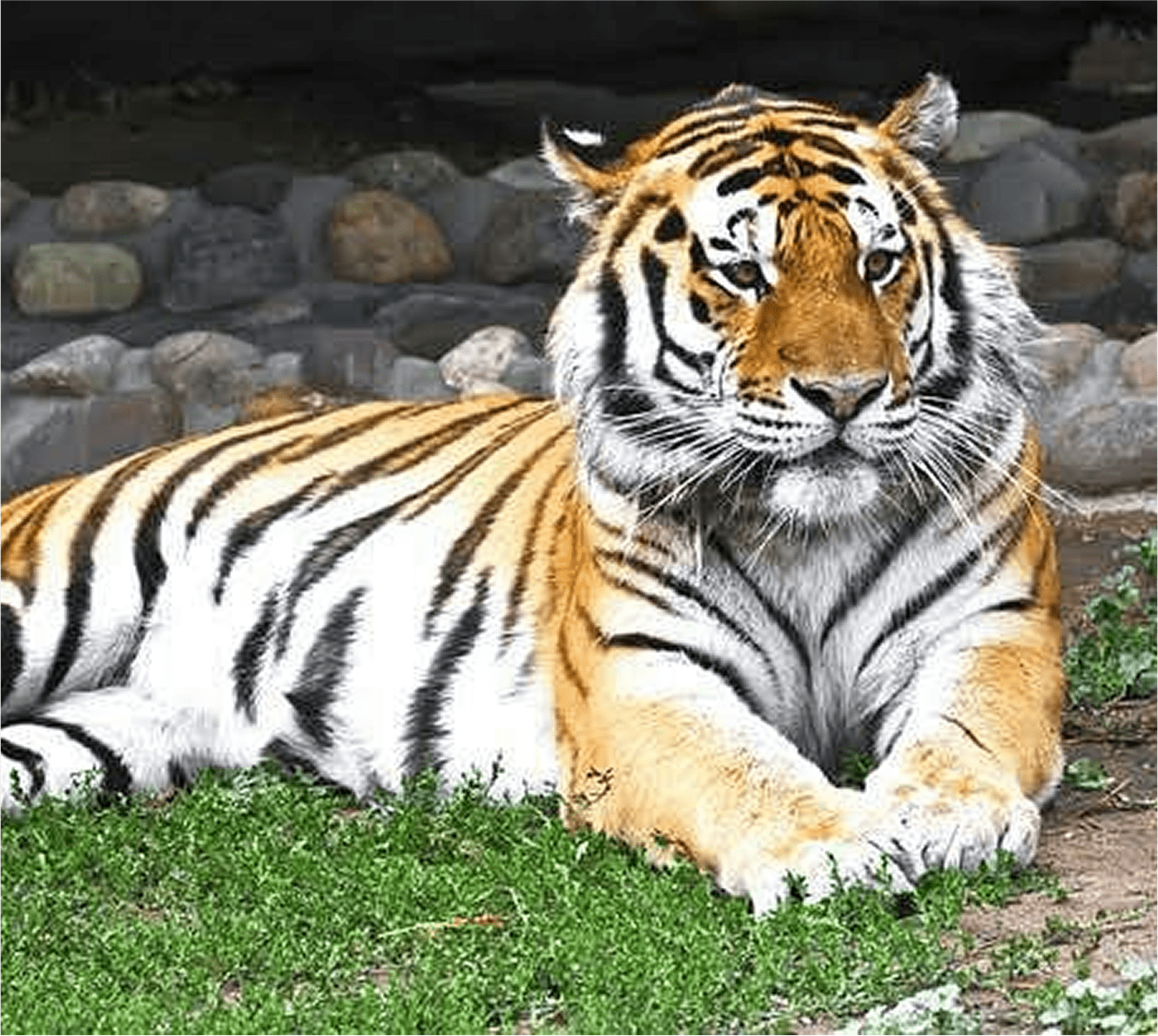
Located within Ram Niwas Garden, the Jaipur Zoo is one of the oldest zoos in India, housing a diverse range of species, including Bengal tigers, leopards, crocodiles, and numerous bird species. It's an excellent addition to your itinerary, especially if travelling with children.
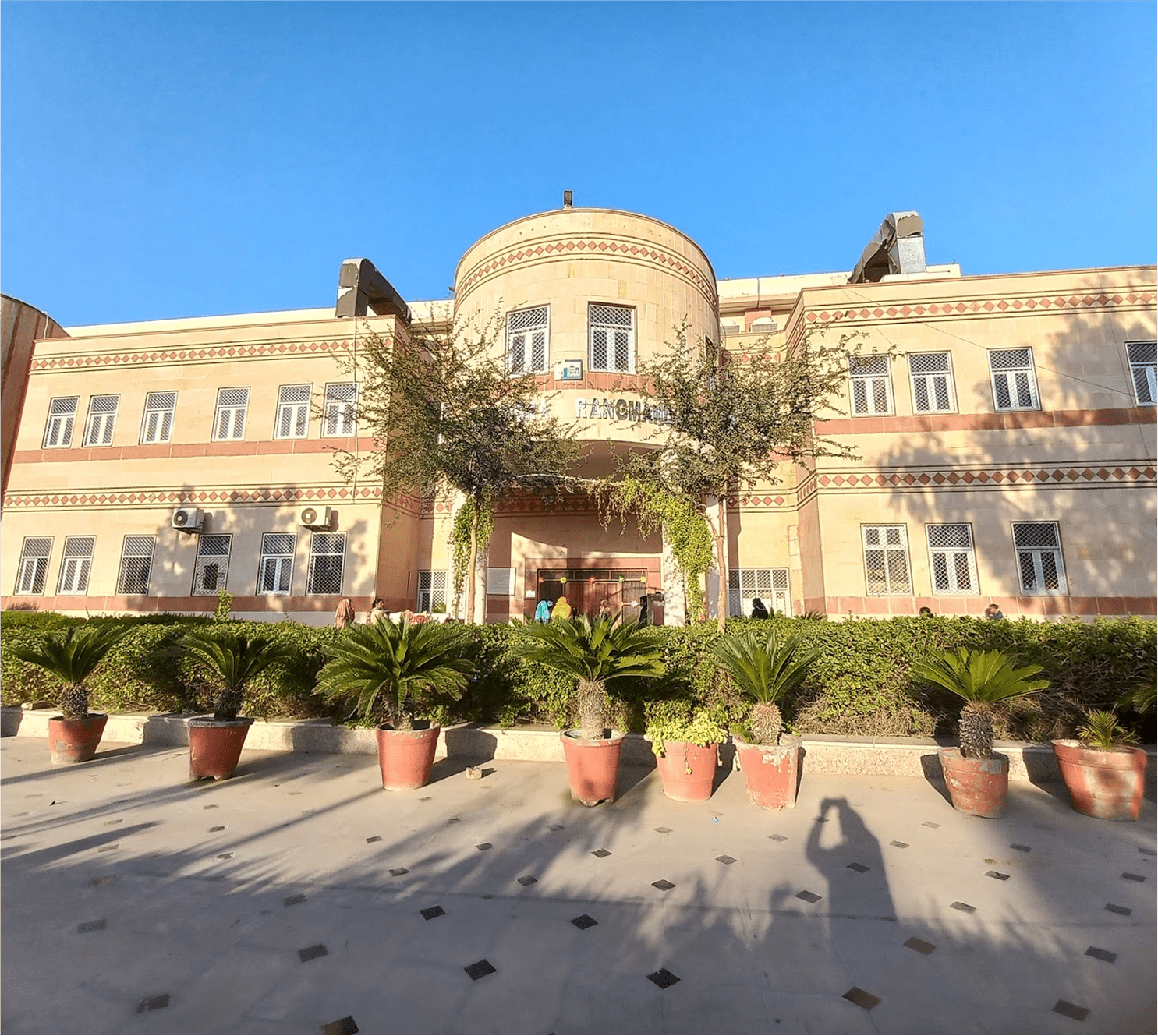
This cultural centre hosts theatre performances, art exhibitions, and cultural events. The adjoining art gallery displays contemporary and traditional artworks by local and national artists.

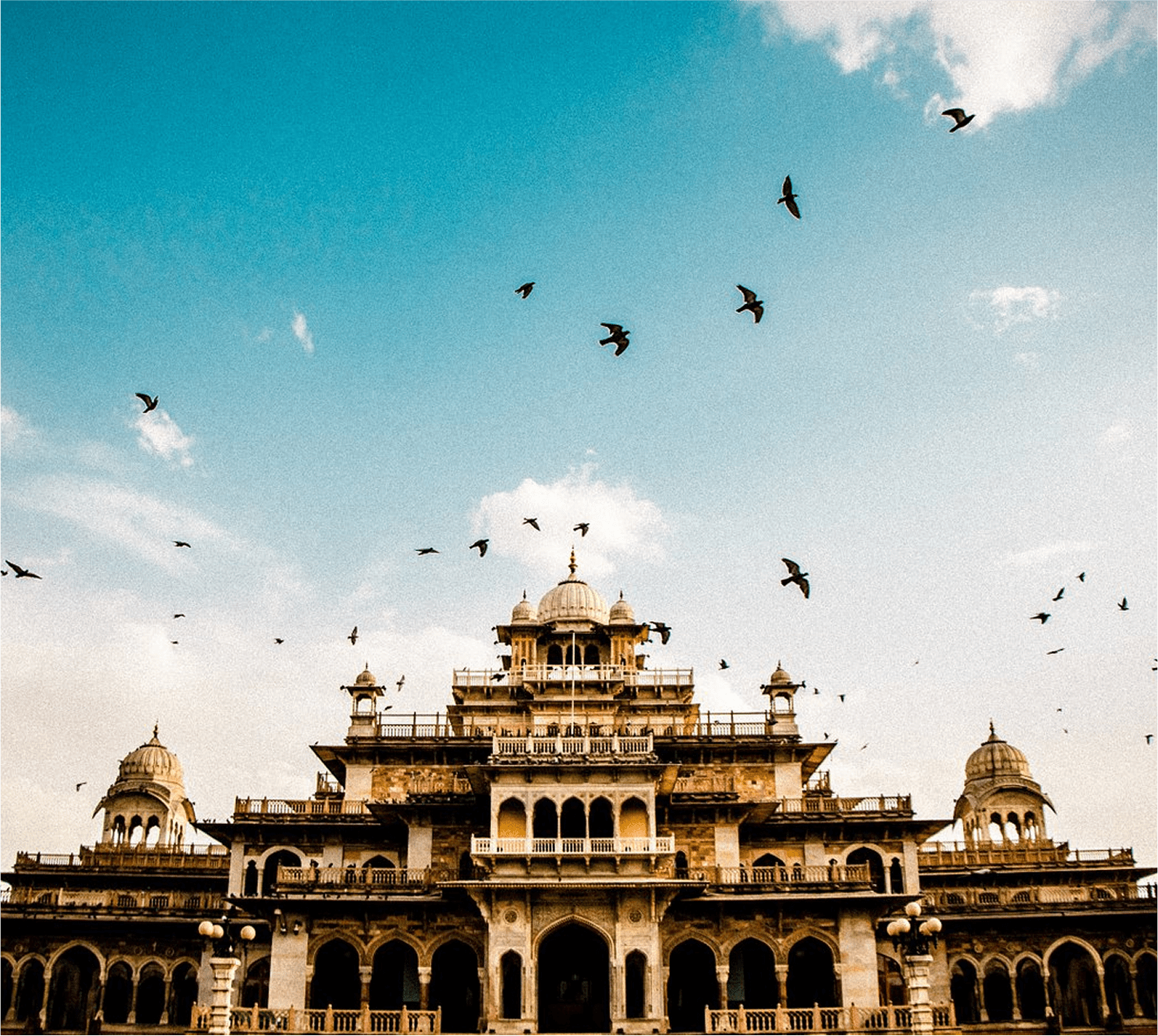
The classic shot includes the museum's symmetrical architecture reflected in the fountain. This location is spectacular during golden hour and evening illumination.
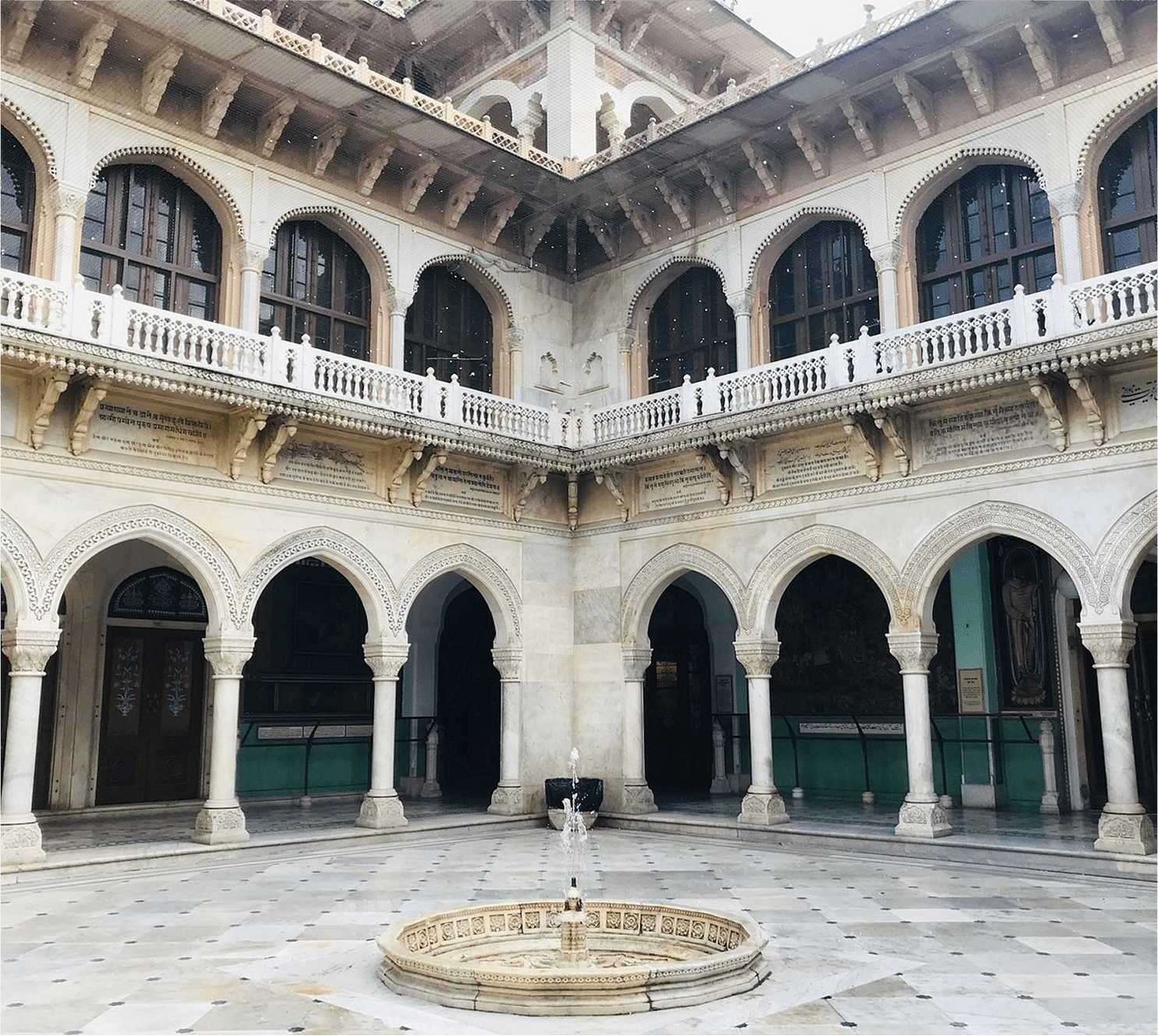
Capture intricate stone carvings, decorative arches, and ornate pillars showcasing Indo-Saracenic design elements.

The museum's amber lighting, which takes effect after sunset, creates a magical atmosphere perfect for dramatic photographs. The contrast between the illuminated structure and the darkening sky produces breathtaking images.
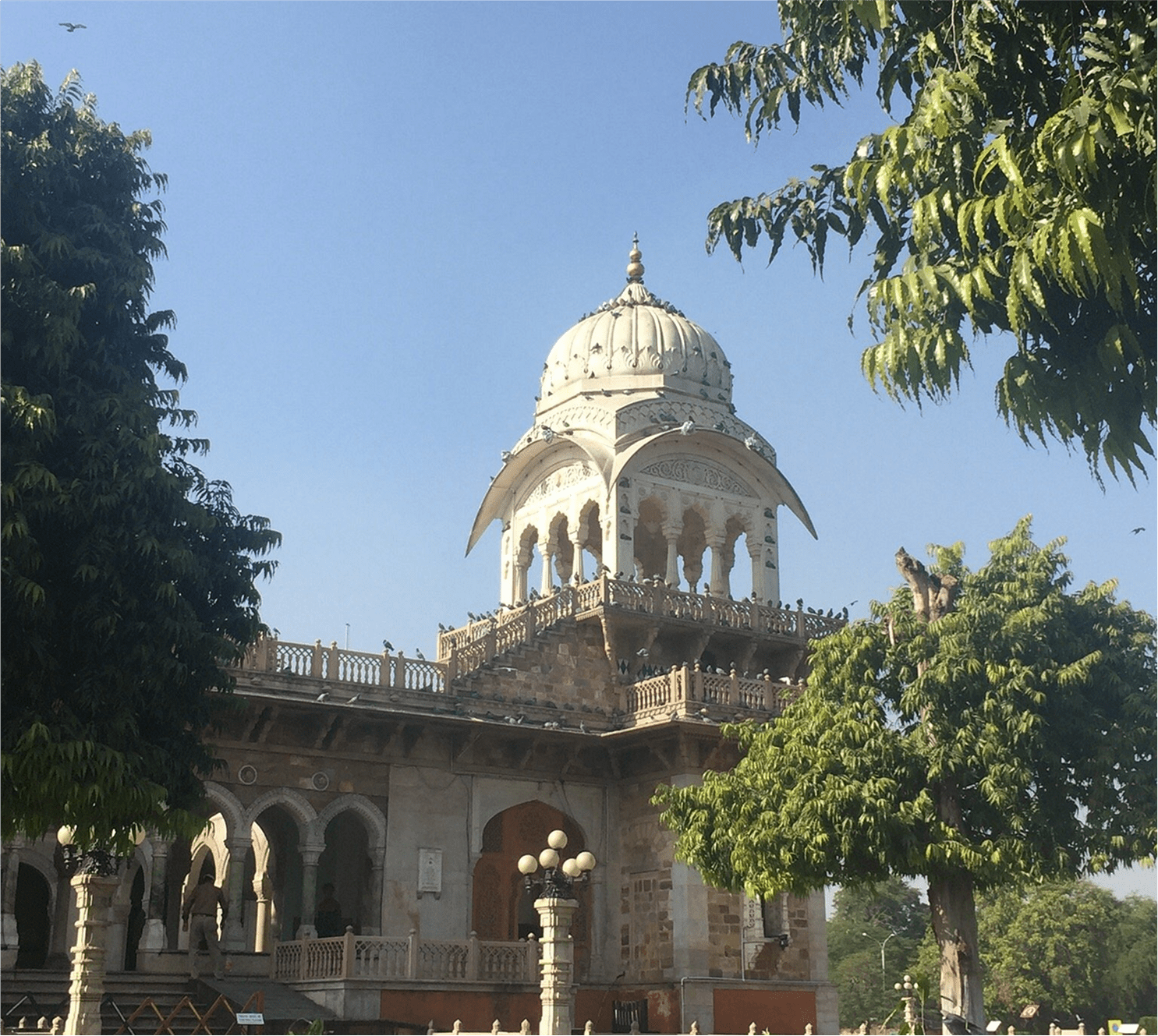
The garden's tree-lined pathways with Albert Hall in the background create beautiful composition opportunities.
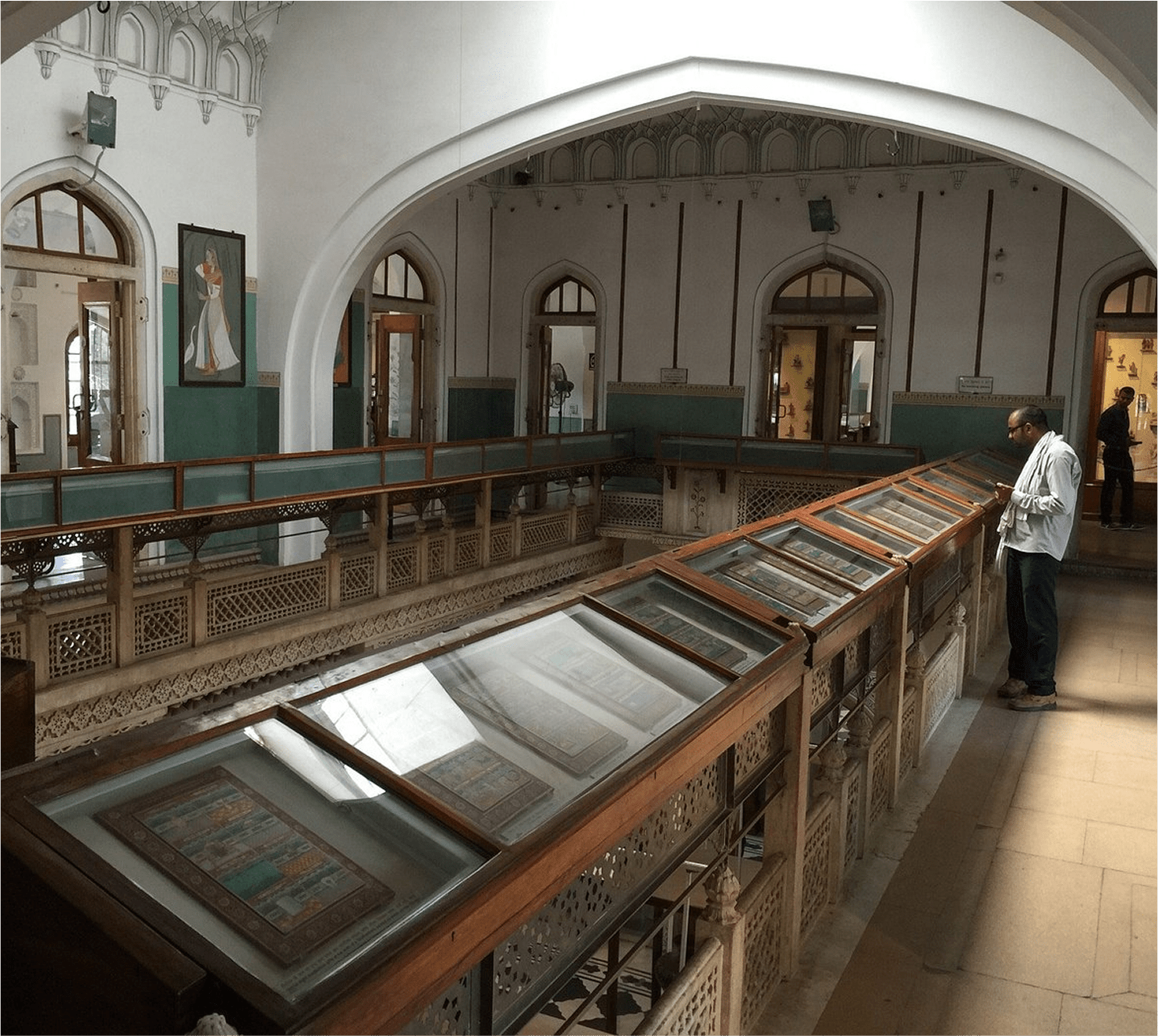
While photography is allowed in most areas (with a permit), the natural light filtering through arched windows creates artistic shadows and highlights that are perfect for architectural photography.